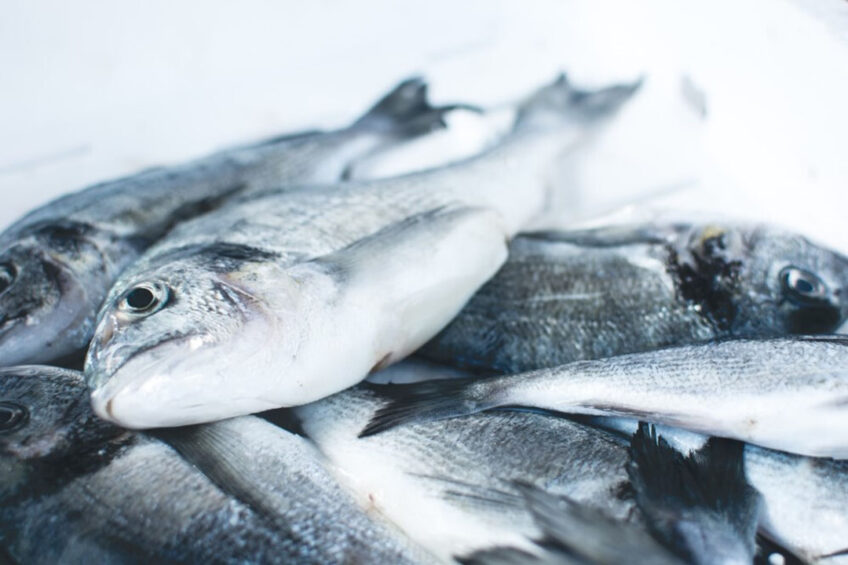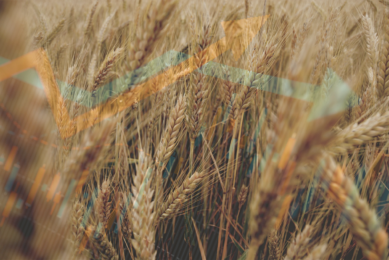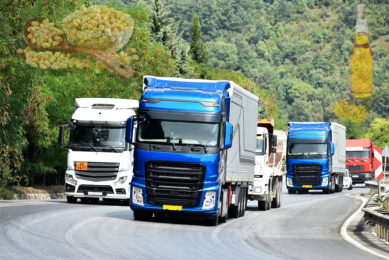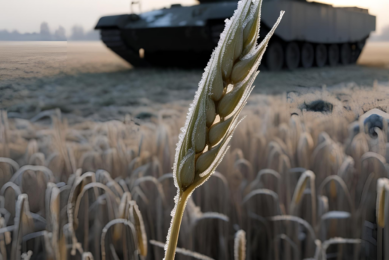Russian aquaculture vulnerable in the face of sanctions

Despite growth in feed production, Russia still depends on imported fish feed, which makes the domestic aquaculture market rather vulnerable, said Vladimir Manaenkov, executive director of the Russian Feed Producers Union, speaking during the 2022 Russian Meat&Feed conference on 24 May.
Russian fish farmers are reluctant to use locally produced fish feed due to its unstable quality, Manaenkov said. On the other hand, imports are disrupted due to logistics issues, he said.
Imports fulfil 80% of domestic needs
It is believed that Russia depends on imported fish feed for close to 80% of demand. In 2021, for instance, Russia imported 170,000 tonnes of salmon feed compared to 20,000 tonnes produced domestically.
The problem of a lack of fish feed came to light when the pressure from sanctions was just beginning to grow, Ilya Shestakov, head of the Russian federal agency for fisheries, Rosrybolovstvo, said during a government meeting on May 27.
Construction of new plants
In April, Rosrybolovstvo reported that the supplies of Danish fish feed stopped completely, though Norwegian companies continued to sell their products to Russian customers. “Nevertheless, some companies from unfriendly countries continue deliveries to the domestic Russian market,” Shestakov said, adding that many Russian companies have already switched to domestic feed, and 3 new fish feed plants were under construction in the country.
In May, the Russian agricultural holding, Miratorg, launched the production of feed for valuable species with output close to 46,500 tonnes per year. The company also pledged to ramp up the production at the new facility in the future to meet the growing demand of fish farmers in the key fish farming regions of the Karelia Republic and Murmansk Oblast.
Growing feed production
In 2021, Russian feed production increased by 3.8% to 31.9 million tonnes, Manaenkov said, adding that production has continued to grow so far this year.
“In January, production totalled 2.7 million tonnes against 2.5 million tonnes [in January of] last year. In February, it was 2.6 million tonnes, compared to 2.4 million tonnes [in February of 2021],” Manaenkov added.
The picture is spoiled by a price hike, as on average the price of feed in Russia last year jumped by 20%, while the price of poultry feed by 26%, Manaenkov said.
“This is associated with the turbulence in the feed additives market. Suppliers put us in a tough position as import dependence is close to 90% and this takes a toll,” Manaenkov added.











